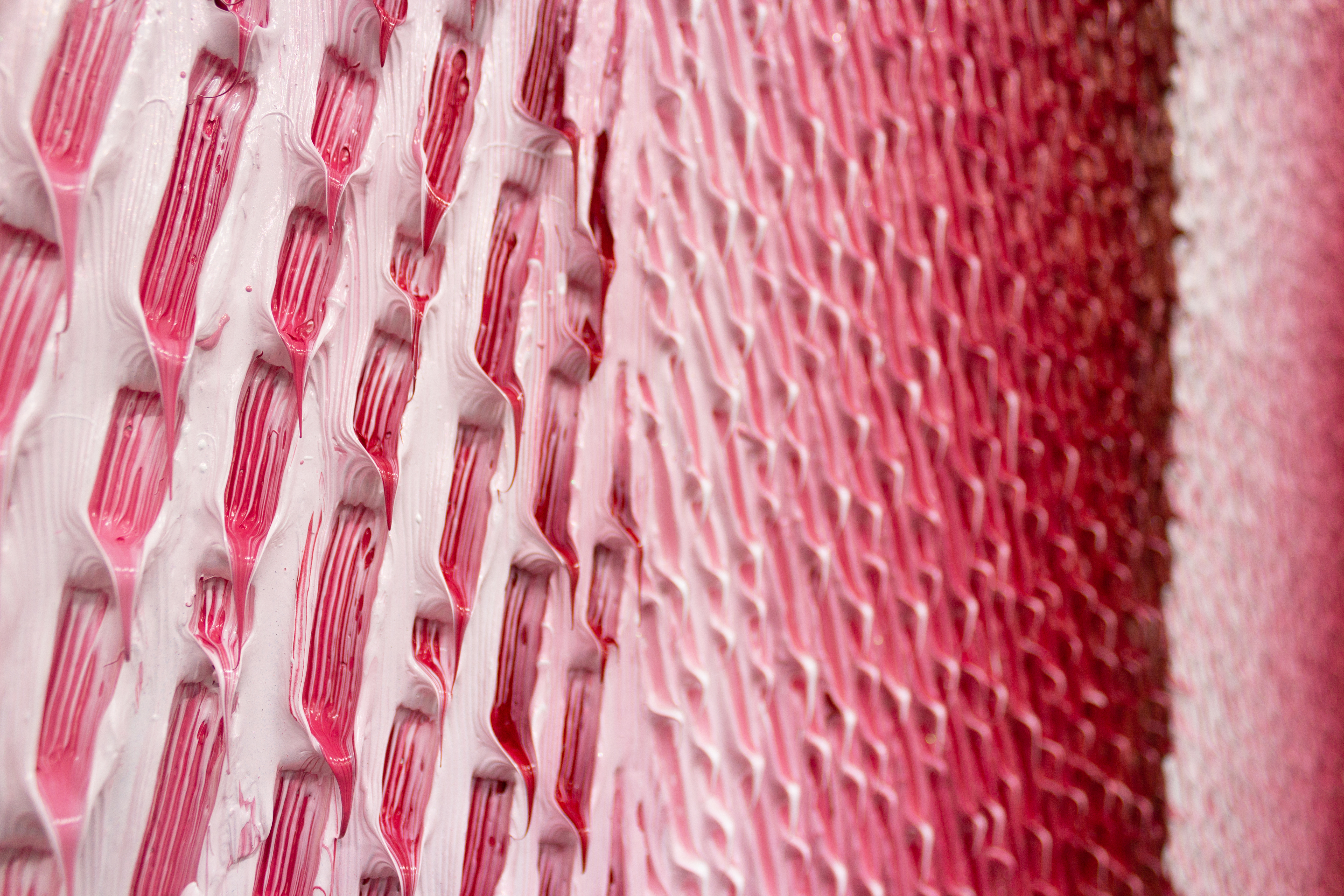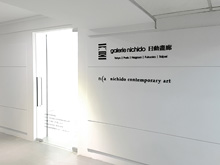Exhibitions
Shinya Imanishi : Light Exposed

Light Exposed_press release.pdf
Dates|2020. 01. 15 - 2020. 02. 29
Venue|台北日動畫廊 galerie nichido Taipei
galerie nichido Taipei is pleased to present “Light Exposed”, first Taipei’s solo exhibition of artist Shinya Imanishi.
Imanishi creates his works through the repetition of a pattern of actions: he applies several thick layers of oil paint to the canvas, vigorously leaves visible brush marks, and scratches the paint off. By distancing ourselves from the canvas, images associated with decadence, loss and transformation reveal to us. However, at the same time, evoking revival and resuscitation, the relationship between death (the end) and life (the beginning) is also presented as complementary. While questioning the relation between material and image, or the line between distance and viewpoint, Imanishi is engaged in an effort to show the ambiguity and uncertainty of the things we know.
In this exhibition, Imanishi investigates the moon and the light it emits. With its cyclical waxing and waning phases, the moon is believed to symbolize human life and its longevity. As illustrated in a poem from the Kokin Wakashū by Ariwara No Narihira, which says “Generally speaking, we should not admire the moon, well you know, growing is aging”, several were the poets who compared the moon to a symbol of life and death (aging).
Imanishi is trying to make visible that grey zone that lies between light and shadow with their different nuances emitted by the light reflecting from the moon.
Born in the old city of Nara, and raised surrounded by history and traditional culture, Imanishi has shown an underlying interest for the values and the view of life (Buddhist concept of Jojueku, i.e. the cyclical process of evolving and vanishing world-systems) deeply rooted within Japanese culture.
Text / John Kim
Shinya Imanishi’s style is one of a kind.
It is not about what but how.
Figuratively speaking, it would be as asking someone
not what but how they drink,
not what but how they dress,
not what but how they see.
His works come to life through a process where freshly-painted color is progressively carved out on the canvas.
Originally one of the available tools in representation, with Imanishi paint turns into the subject of the representation itself demonstrating that it can actually become, through such process, part of the work.
Paint is promoted from a supporting role to the leading part.
Its status of simple tool is elevated to that of complementary part of that very representation.
It is, so to speak, a fusion between painting and sculpture.
The origin of this technique can be identified in “Ukiyoe-woodblock prints”.
In the past, Japanese artists used to depict the rain as a line obtained connecting one dot, which is how it was represented in the West, to the other.
It is the viewpoint to breathe life into and shape the work.
A Western representation where rain in transformed into dots, a Japanese approach where it becomes lines obtained from the union of one dot to an another.
Using a combination of dots for his representation, Imanishi evokes the idea of a line in the viewers’ mind.
The thinking behind this is that if you draw in dots, it will be up to the viewers’ imagination to connect them into lines.
While a painter is commonly believed to be the one that determines the audience’s perspective, Imanishi provides flexibility in terms of options.
He does not control their viewpoint.
He expands their possibilities.
Without abusing the Encoder’s power, he shows respect for the Decoder’s.
It is a Democratic/post-modernist approach.
We can easily picture him as someone who hates authoritarianism and, thus, loves freedom.
His works always feel unfinished.
They find their completion only in the appreciation of viewers, which lies in the act of interpretation.
There is one person only behind the making of the work but the audience is diverse, everyone is different.
All the works move towards a partnership between the artist and the audience.
As it is the audience’s imagination to lead the works to their true completion, as many as there are viewers, the finished thing comes to life.
In the end it is you that while looking at the work are breathing life into it.
Gallery








